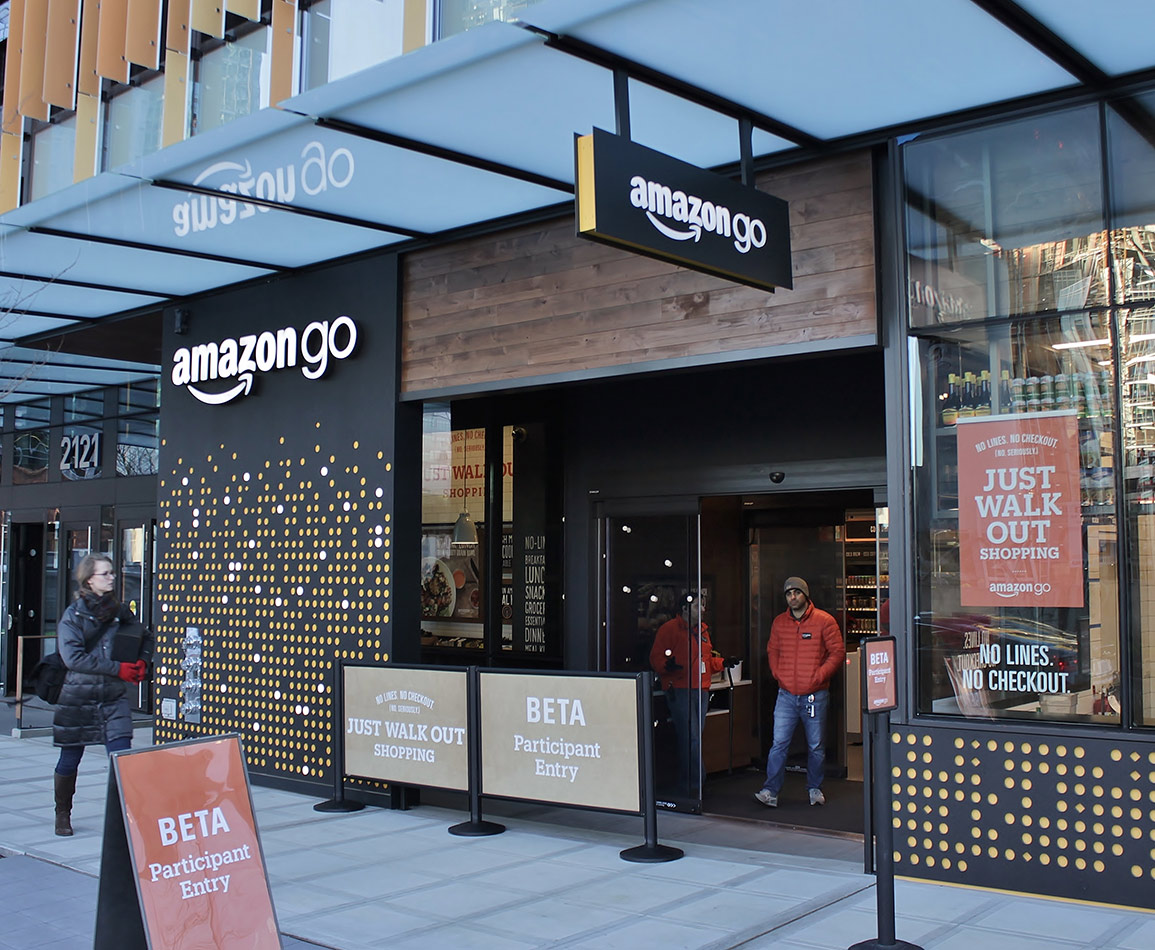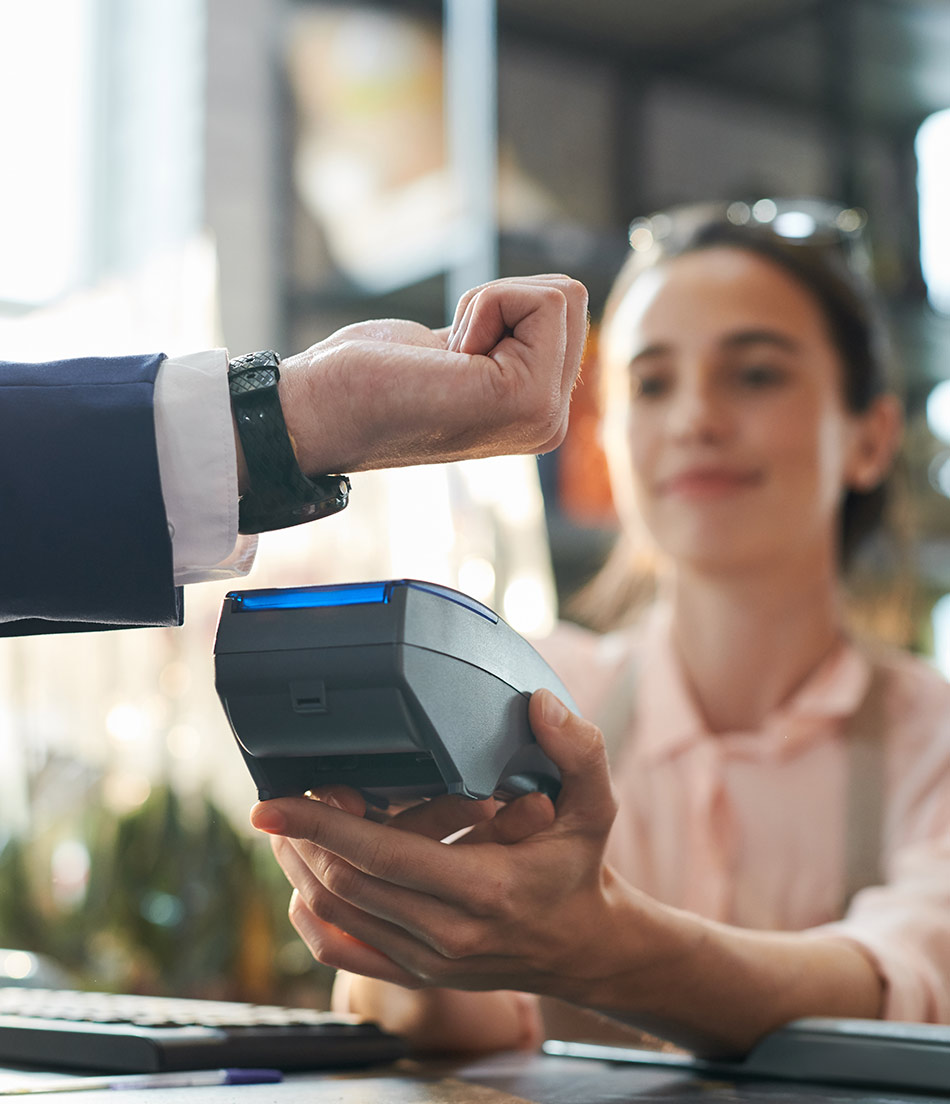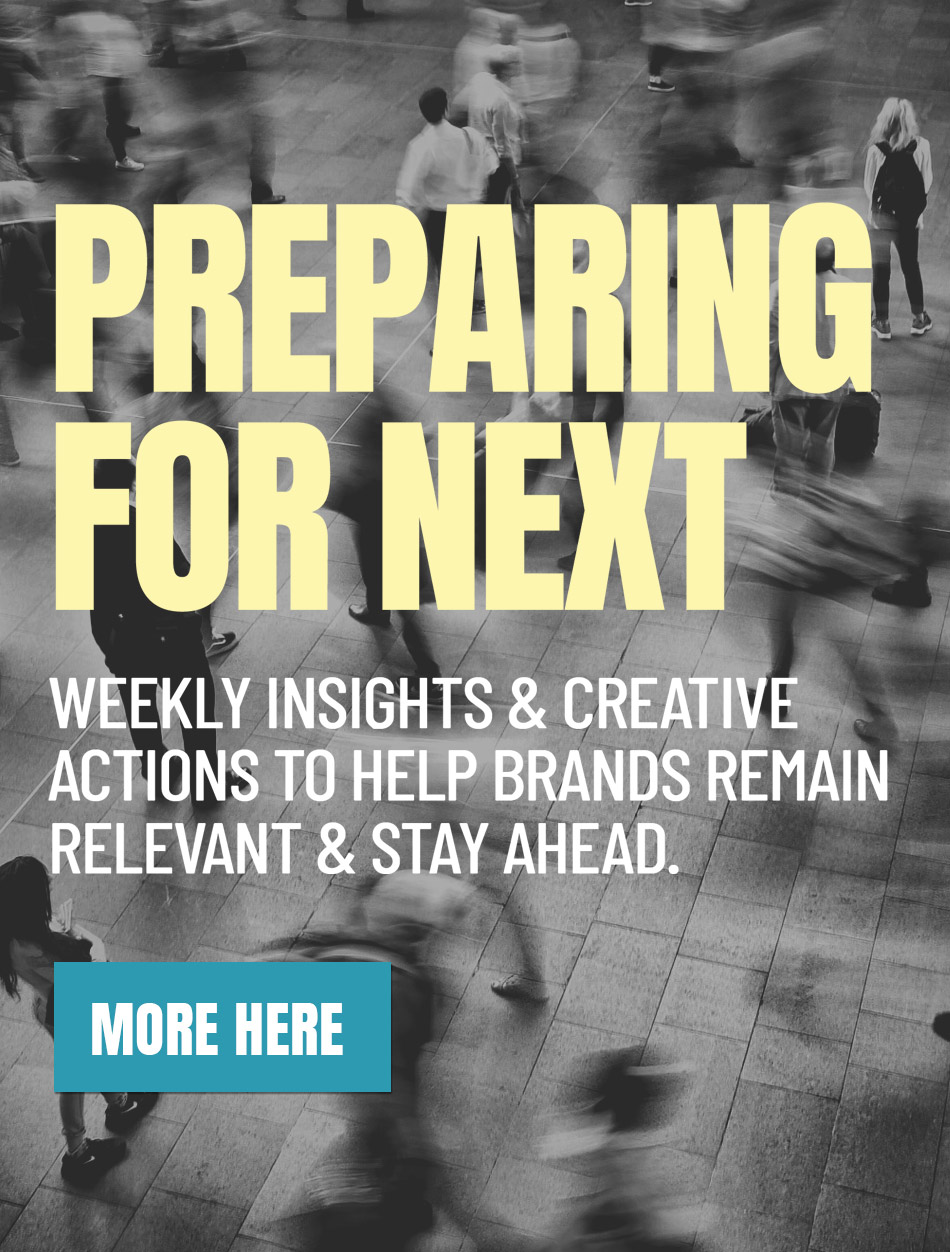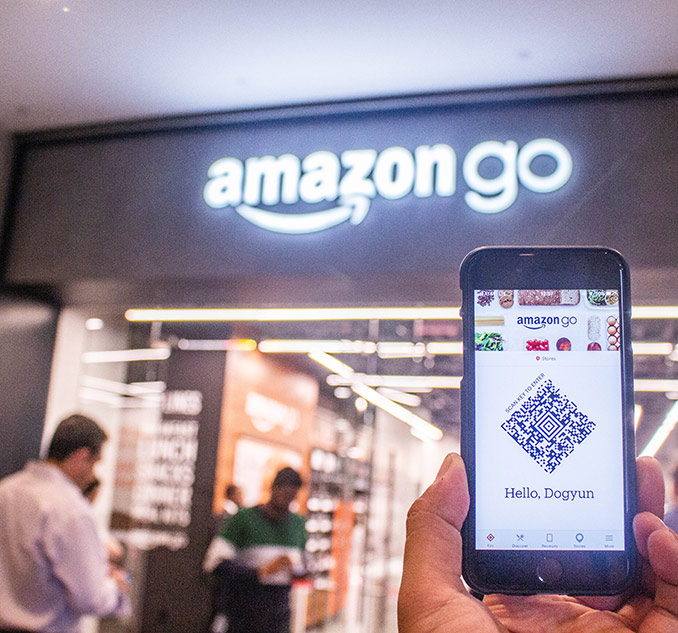Just this week alone we’ve seen one of the world’s biggest brand names—Starbucks—rapidly accelerate their focus on their mobile ordering capabilities and the ease of pick-up. In short, they’re leaning into convenience over experience and moving farther away from their long-standing strategy of being that “third place” for their customers—a place where “getting a cup of coffee” is about more than literally getting a cup of coffee.
Whether you agree with that strategy or not, it’s just one example of how the pandemic has further emphasized the multi-year trend we’ve seen of global brands working to make shopping as easy and frictionless as they conceivably can. From Walmart expanding their curbside pickup program to all Sam’s Clubs nationwide to Amazon making it’s Just Walk Out technology available to any other interested retailer.
One of the results of the heightened focus on convenience fueled in part by the pandemic is the ever-increasing momentum and shift toward shopping online. Although it’s our strong belief that in-person shopping will return (albeit changed to some degree) we, like many others, are certain that the drastic move to online commerce that we’ve seen across categories will only increase in pace and importance and that shopping for “essentials” will move almost exclusively to the realm of online commerce.

The eCommerce industry was already on par to be worth just shy of $5 trillion by 2021 and a staggering 96% of Americans have bought an item via online commerce. The industry is well on its way to becoming an ever-increasing part of how we all shop and that shopping is cutting across more and more categories. A recent survey by consumer intelligence firm Resonate, revealed 55% and 41% increases in consumer intent to purchase products and groceries online in the next 90 days, signaling that there is no slowing the growth of eCommerce even in a post-pandemic retail landscape.
As a result, the pace at which we see predictive and automated shopping take hold will be far more significant than where it’s been to date. Brands and retailers will move to an even greater degree past their reliance on a customers’ past purchase history or self-provided preferences to make cross-sell and upsell recommendations and instead will capitalize on automation, data, and an understanding of human behavior via machine learning to help people find products in their precise moment of need—and at times, even before they know they need it at all.
This is not the stuff of a far off future. It’s happening today. In fact, the online grocer Farmstead has already rolled out their smart shopping lists feature and is capitalizing on not only their owned data related to customers’ purchasing patterns but also contextual indicators such as what day of the week the list is being created and what season the interaction is happening in. Combining those owned and contextual data points allows them to make relevant recommendations and suggest new products that their customers may not have otherwise discovered and to proactively build those lists to make shopping even more seamless and tailored to each customers’ preferences.
CONSUMER FOCUS
A staggering 96% of Americans have bought an item via online commerce.
The trend is also showing up in moves being made by global powerhouse brands like Nike. Their recent acquisition of Celect’s Artificial Intelligence platform underscores how seriously they are leaning into the power of data to predict buying behavior and fuel their relentless pursuit of their direct-to-consumer strategy. The acquisition of Celect’s predictive analytics capabilities not only allows Nike to more effectively manage inventory based on demand, it goes to a much more powerful place and give them the ability to understand what individual customers are going to want and when they are going to want it thus further fueling loyalty and making sure the brand is the most relevant choice for their customers far into the future.
The power of predictive shopping isn’t solely limited to influencing online commerce either. The push for relevancy in the in-store experience is also being driven by the use of localized data. In Nike’s case their Nike Live concept, launched in the summer of 2018, takes that data-driven model to the limit by capitalizing on local buying patterns from nike.com and the local trends in app usage and engagement from users across the Nike Run Club App, and the Nike Training Club App. Those trends are then leveraged to fuel not only the experiences that materialize in those destinations but also a two-week cycle of the most locally-relevant assortment.
To be fair the summer of 2018 feels like ages ago but the concept has been labeled “incredibly successful” by the leadership in Beaverton and has led to applications in their flagship experiences in NY and Shanghai and more recently, to Nike Live launching in Long Beach and Tokyo.
It demonstrates the power of data to address individual communities’ needs—all without having to depend on merchants who may not have the bandwidth to scale to that degree of specificity and frequency. Consumers’ risk aversion will be heightened post-crisis and the notion of having to hunt through a large store for the products they need or want and deal with a mix of people who all have different approaches to their safety and the safety of those around them will mean that customers will want to make their trips as efficient and risk-free as possible.
In the end, the concept of experience at retail isn’t going away any time soon. Quite the contrary. But, the impacts of how data fuels the act of shopping and what that means for a brands’ overall customer experience are key points of consideration as we collectively think about designing with the new realities of retail in mind. We’re excited about the possibilities and the potential—we hope you are too.

More from the Preparing for Next series
Going Touchless
In the post COVID-19 world we believe customers will have heightened awareness about their shopping environments and how safe they are at every touchpoint. The result will be brands doubling down on Touchless Experiences.





